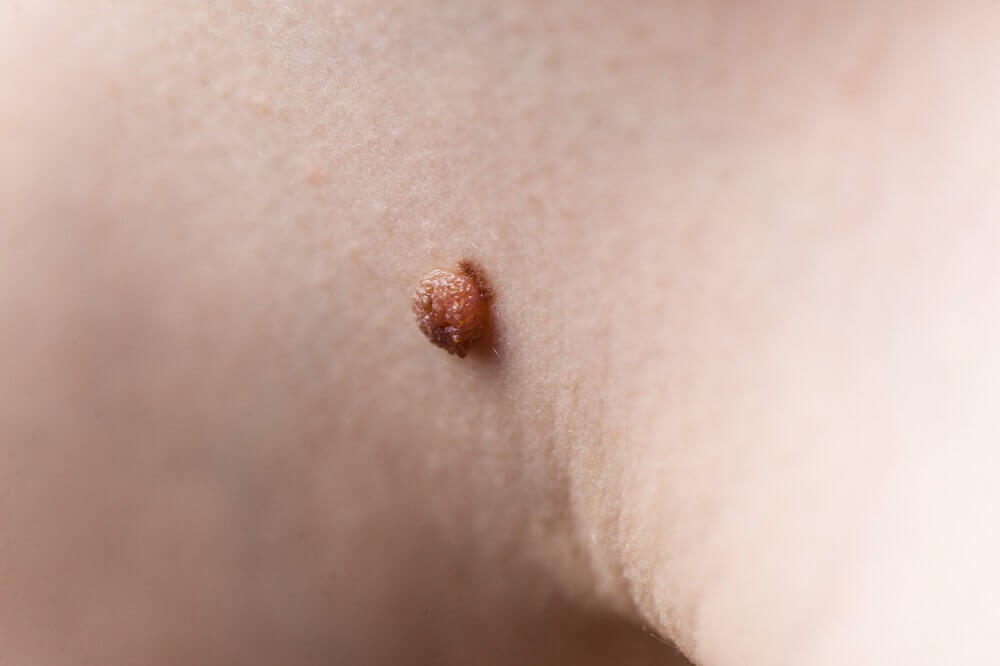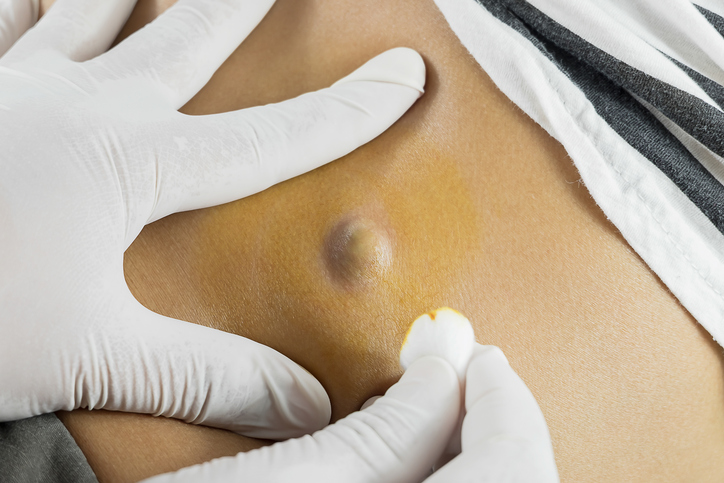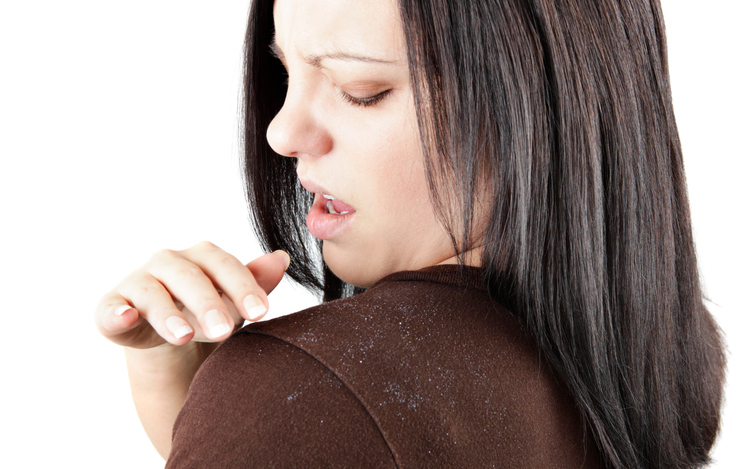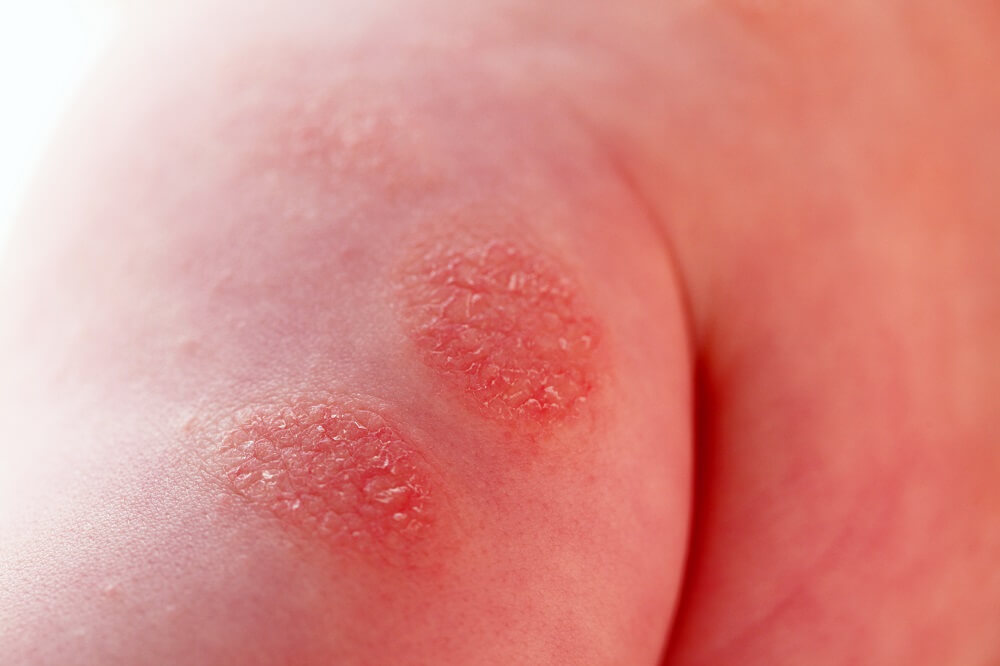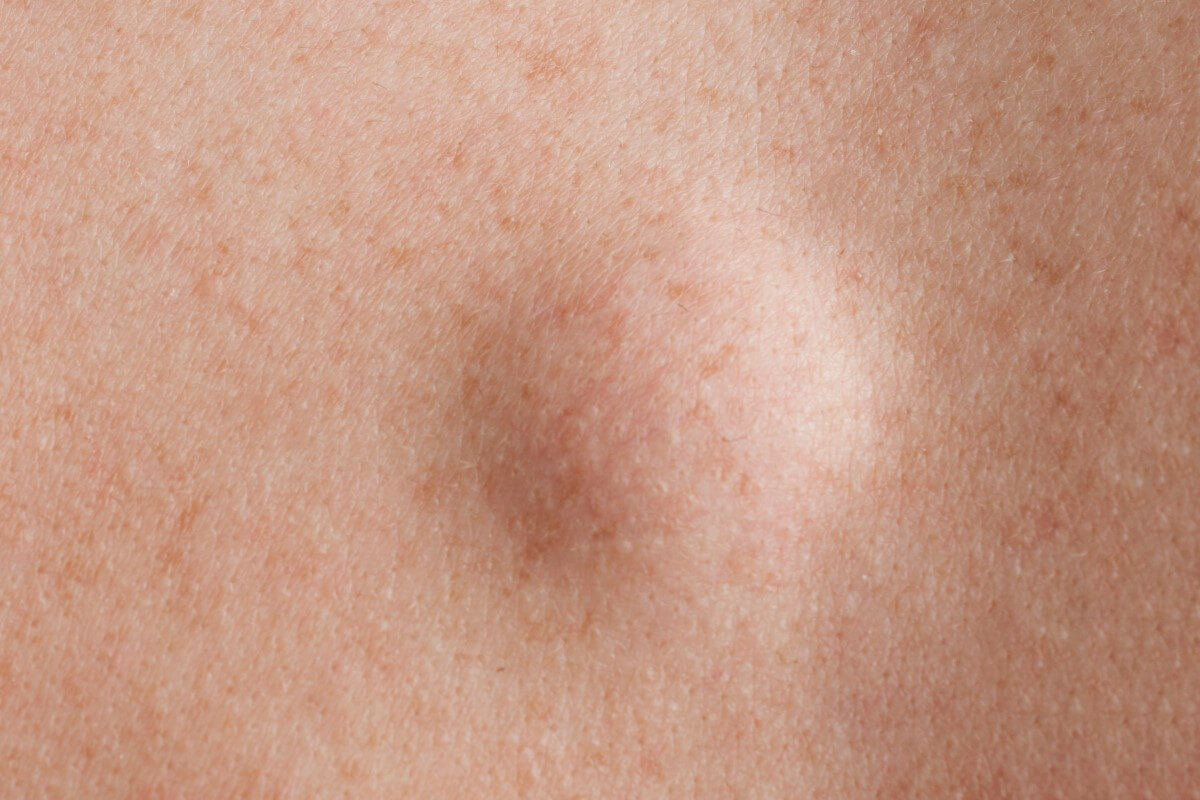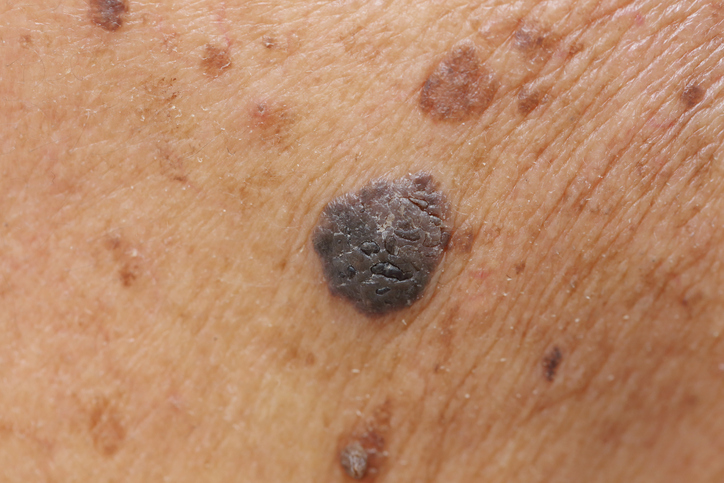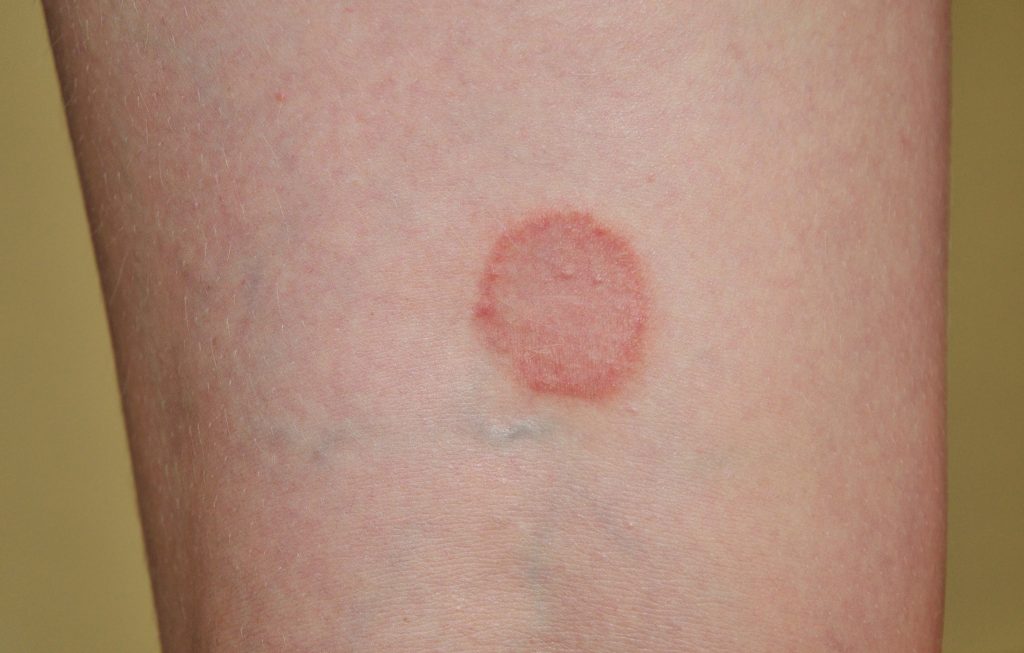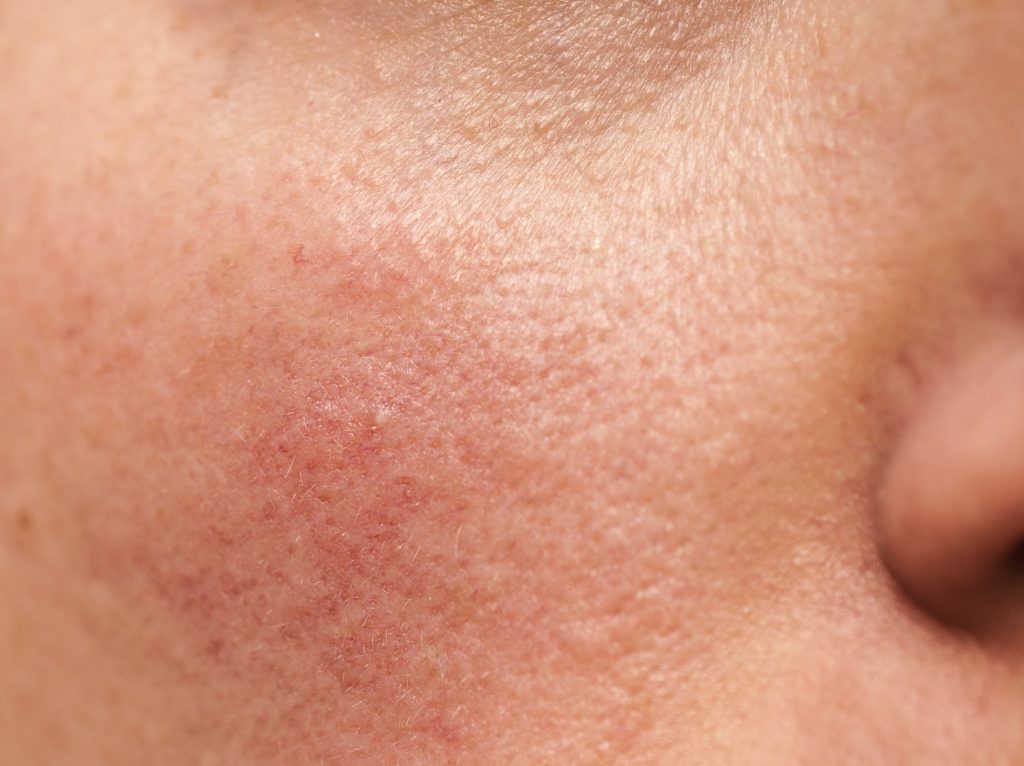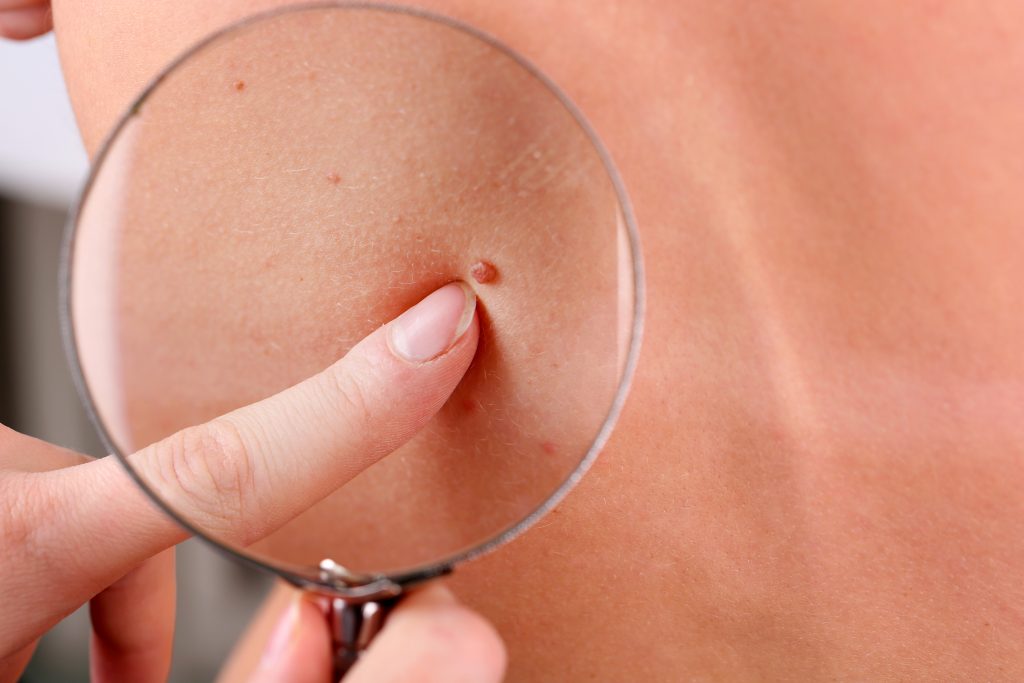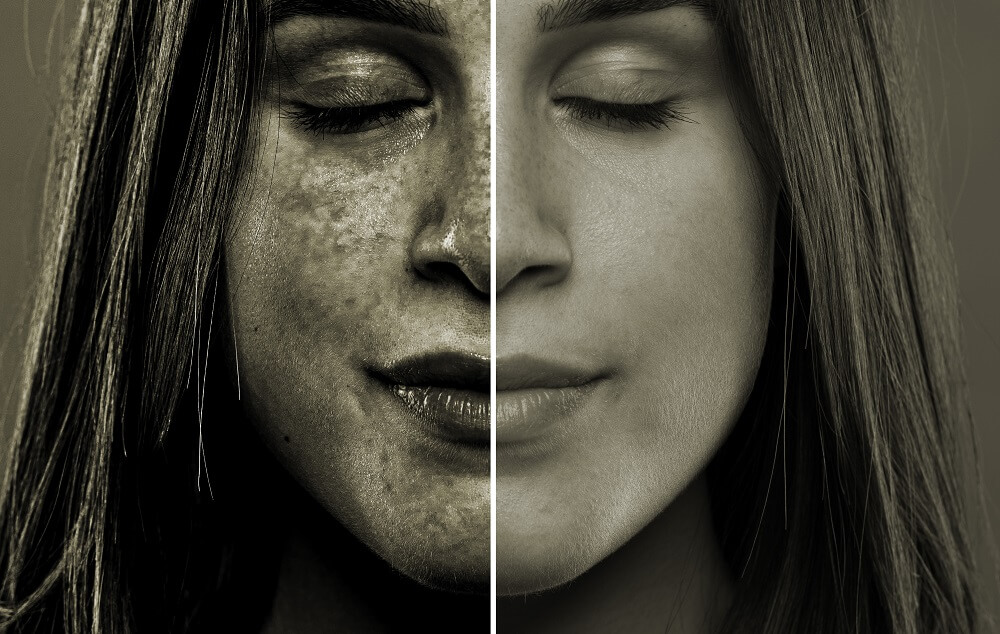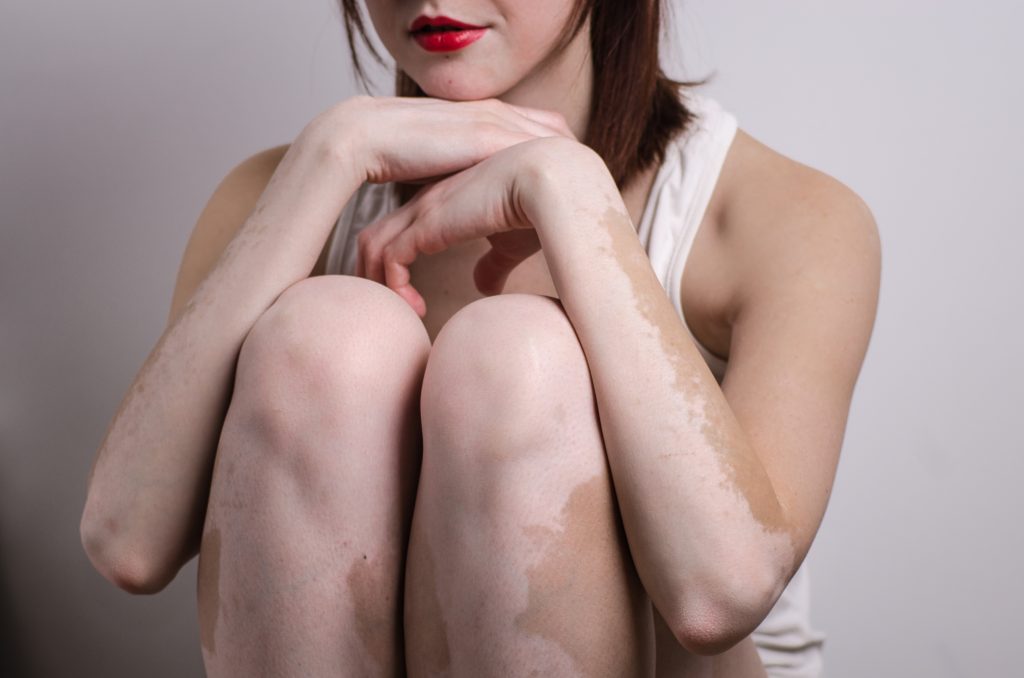Joanne Alters, PA, is dedicated to providing exceptional dermatology services in Sulphur Springs, TX. She graduated from Texas A&M University in 2011 with a Bachelor of Science in Biology and earned her Master of Physician Assistant Studies from Christian Brothers University in Memphis, TN, in 2015.
Joanne began her career in surgery at MD Anderson Cancer Center, focusing on reconstructive surgery for advanced cancers. This experience sparked her passion for the prevention and early detection of skin cancer, aiming to improve patient outcomes through proactive dermatologic care.
As a Diplomate of the Society of Dermatology Physician Assistants and a member of the American Academy of Physician Assistants, Joanne specializes in skin cancer screening and treatment. Her clinical interests also include managing various dermatological conditions such as acne, rashes, rosacea, and eczema.
Joanne and her husband are delighted to be in East Texas, raising their son near the family ranch. They enjoy spending time outdoors, being with family, and participating in their church community.
For top-quality dermatology services in Sulphur Springs, TX, schedule an appointment with Joanne Alters, PA. Contact our office today to experience her expert care and commitment to skin health.
Specialties and Affiliations
- American Academy of Physician Assistants
- Society of Dermatology Physician Assistants










